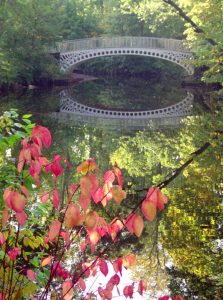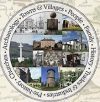In past issues, we have seen how some of Renfrewshire’s leading landowners were awarded large sums in 1834 for the loss of Africans on their sugar plantations. This was the result of a series of connections dating back to the 1640s, when ships from the lower Clyde sailed to Nevis and St Kitts. From the 1660s, pioneers such as William Colhoun had become sugar planters. Their influence brought out young men such as William McDowall and James Milliken as overseers. These men became successful planters and came home from the Caribbean in the 1720s and purchased Renfrewshire estates. They became ‘fixers’, among fellow landowners, demonstrating the vast wealth possible from owning sugar plantations. They arranged lucrative marriages and positions for sons and daughters on sugar plantations.
Other leading Renfrewshire families who received slave compensation in 1834 included the Stewarts of Blackhall and Ardgowan. The Stewarts owned large tracts of the county from Inverkip to Mearns. Through the influence of established planters such as the McDowalls, by the 1740s the Stewarts had acquired the ‘Roxburgh’ sugar plantation on Tobago. Most of the slave-owning families were linked through marriage. In 1786 the Stewart heir, married Fanny Colhoun, the widow of Sir James Maxwell of Nether Pollok, daughter of the McDowall’s slave overseer. Later, Sir Michael (Shaw-)Stewart married the daughter of Robert Farquhar, heir of the Harvey of Castle Semple sugar fortune.
Sugar success spread quickly across Renfrewshire. In Cathcart Parish, the ‘Sugar Campbells’, the seventh largest plantation owners in Britain, purchased what became Linn Park from the McDowalls. In 1843 they were awarded compensation for the loss of 1,062 Africans. In Neilston Parish, John Wallace of Kelly & Neilstonside was a planter in Jamaica. In Kilmacolm, the Porterfields of Duchal shared in the sugar plantations of the Cunninghams of Craigends. In Inchinnan Parish, William Alexander of Southbar had plantations on Antigua, Grenada and St. Vincent. In 1834 he was awarded £21,181 for the loss of 850 Africans. In Mearns, apart from the Stewarts of Blackhall, the Allasons of Greenbank engaged in slave trading and the Hutchesons of Southfield were awarded compensation for the loss of Africans on their Jamaican plantation.
Overall, despite the popular association of Liverpool and Bristol, with slavery, the Glasgow area received more compensation for losing slaves than Liverpool. Because many planters purchased estates around Glasgow, this had a very large effect on Renfrewshire. The leading Renfrewshire landowners covered in this series owned thousands of Africans. Most owned plantations for generations. Due to over-work, violence, disease and replacement, the number of Africans passing through their hands amounted to several times this number.
In conclusion, there are few parts of Renfrewshire where the farmland wasn’t improved through the labour of enslaved Africans, who were personally owned by the landed elite. (Readers can search the slave compensation records for themselves at www.ucl.as.uk.)
© 2019 Stuart Nisbet

Linn Bridge

